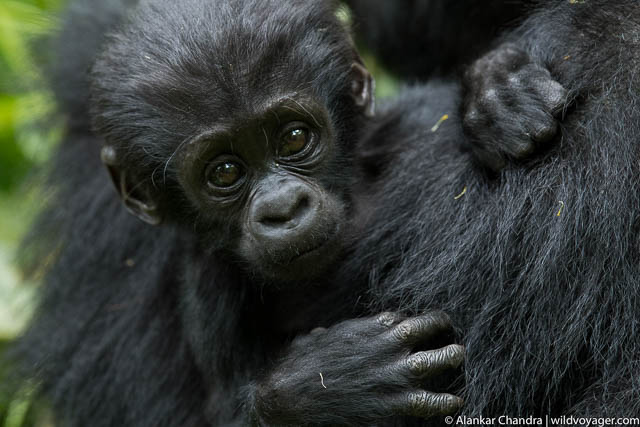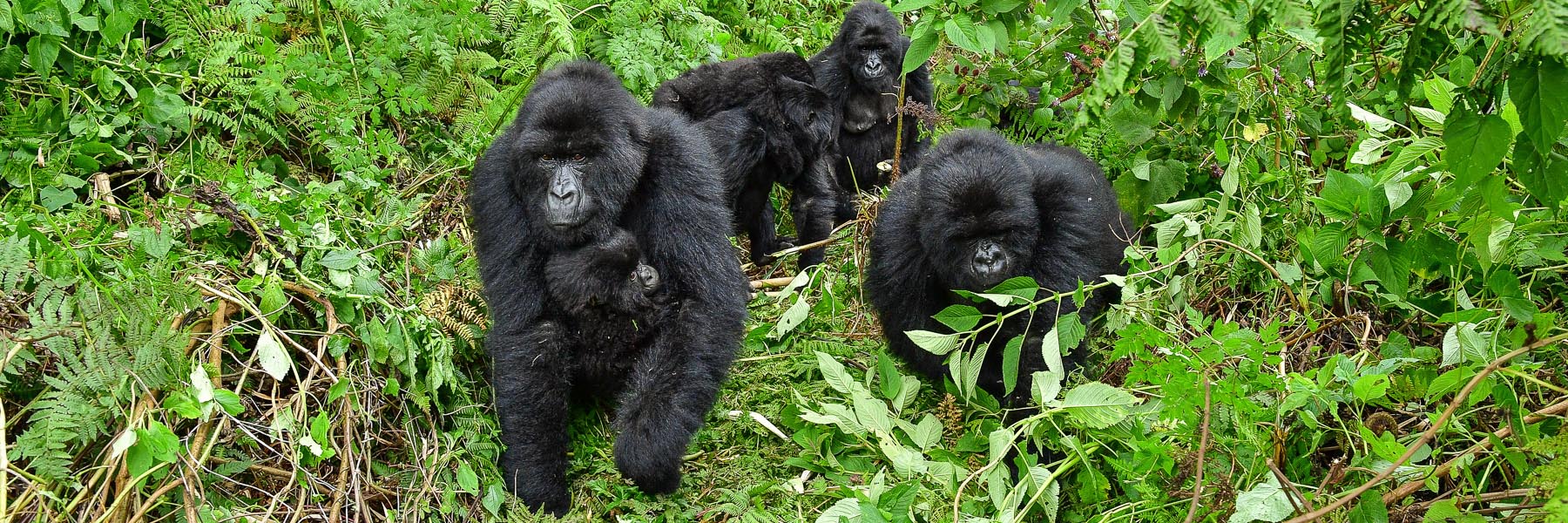Experience the thrill of mountain gorilla trekking in Uganda or Rwanda! Our guide covers everything you need to know for an amazing adventure. From stunning scenery to conservation efforts, get ready for a memorable experience with these incredible creatures.
Short summary
What
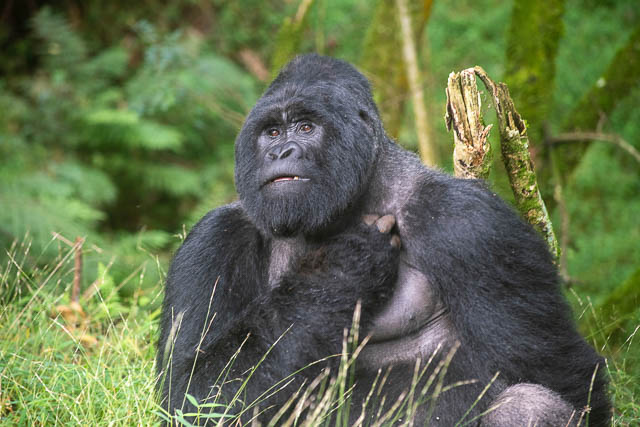
Where
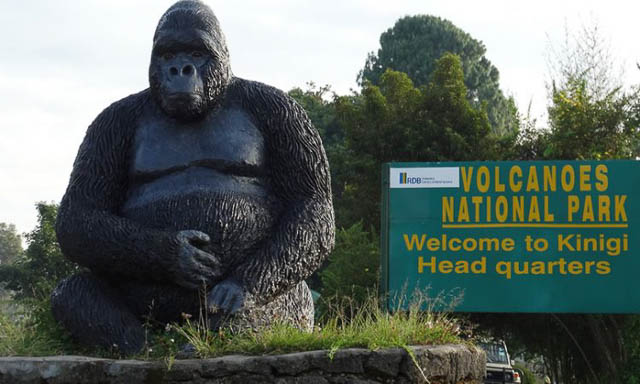
However, both Rwanda and Uganda have done a wonderful job of tourism, and these countries are perfectly safe for tourists. We have been conducting gorilla treks in both of these countries for many years now.
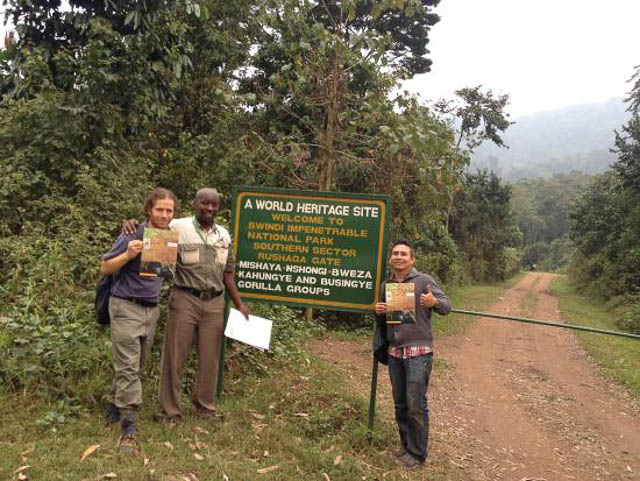
How

In both Volcanoes National Park and Bwindi Forest, there are 8–10 gorilla families that are “habituated” to humans. Habituated does not mean that they are domesticated or tamed, but due to repeated encounters with forest guards, these gorillas tolerate human presence and usually do not cause any kind of harm to humans visiting them. A not-so-habituated wild gorilla can behave very unpredictably with tourists, so the tourists are not exposed to such gorillas.
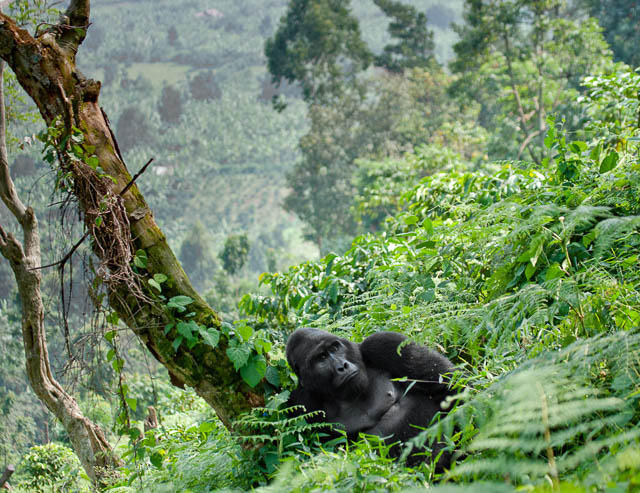
Logistics
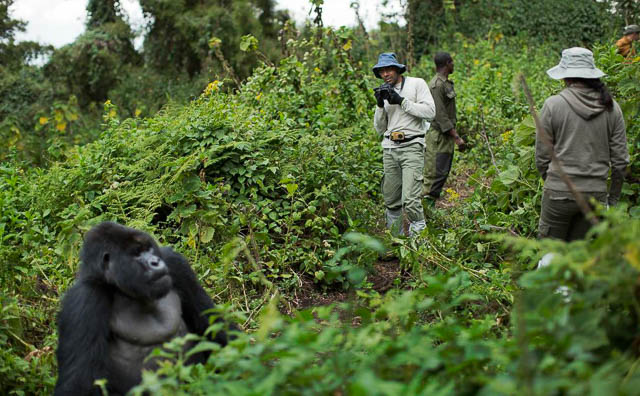
Is it Safe?
![]()
How much do I need to walk?
What if I cannot walk? Can I hire porters?
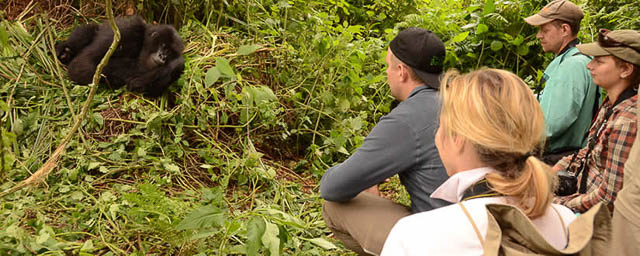
However, all tourists can hire porters for about USD 15 for the trip. That is a great relief, and we suggest tipping the porters generously, as this amount is minuscule for the burden they relieve you from.
When to go?
How close can I get to them?
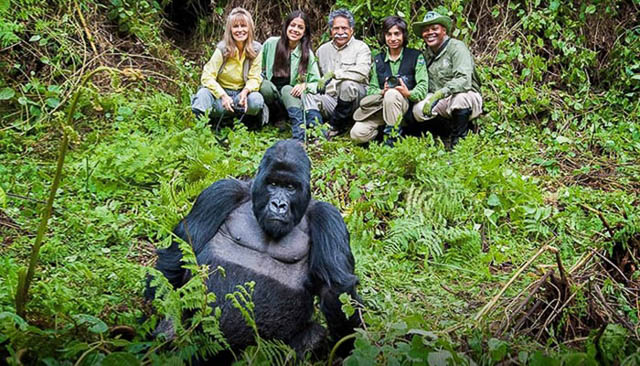
What to carry on gorilla trekking?
![]()
Accommodations options during your mountain gorilla trekking
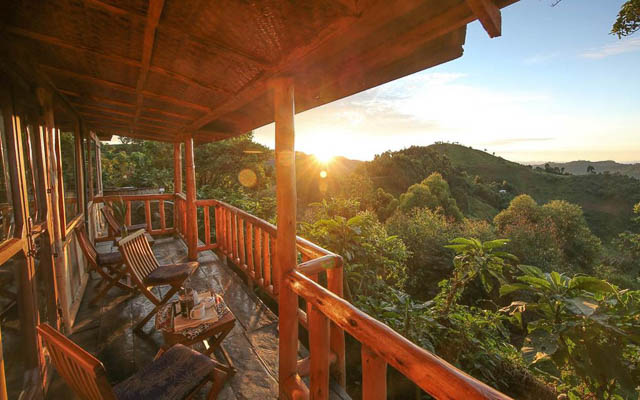
Lodge in Bwindi
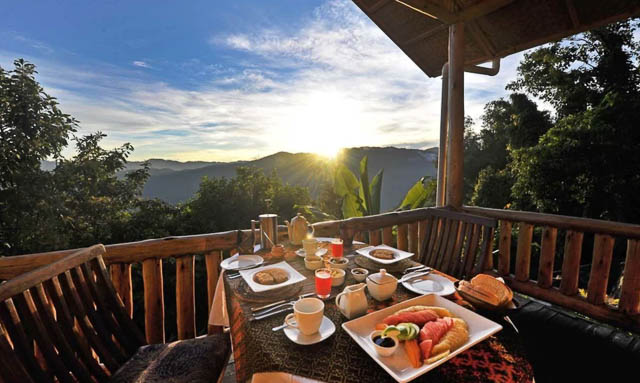
Clouds Mountain Gorilla Lodge
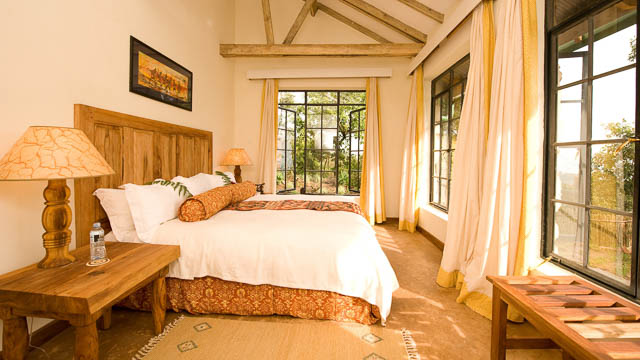
What else can I do?
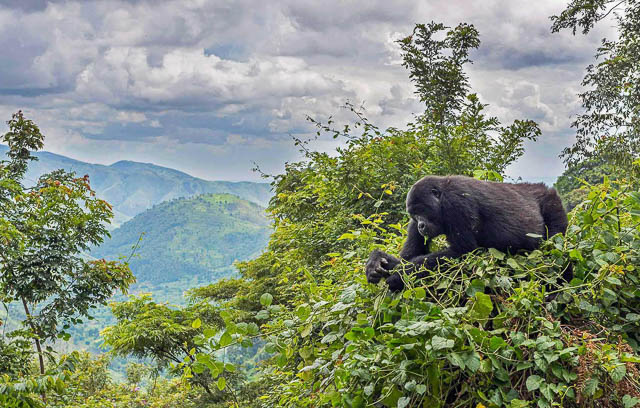
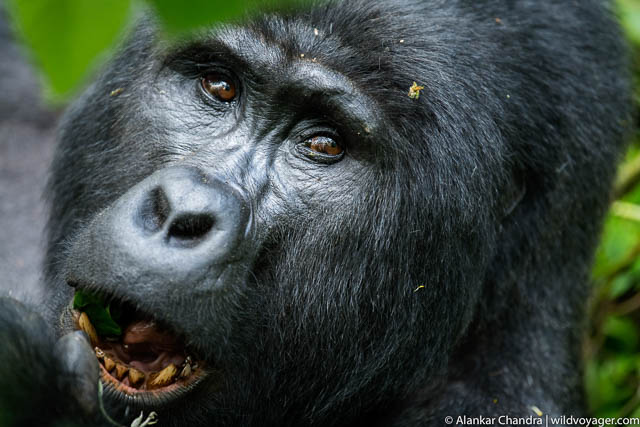
Should I choose Uganda or Rwanda for mountain gorilla trekking?
